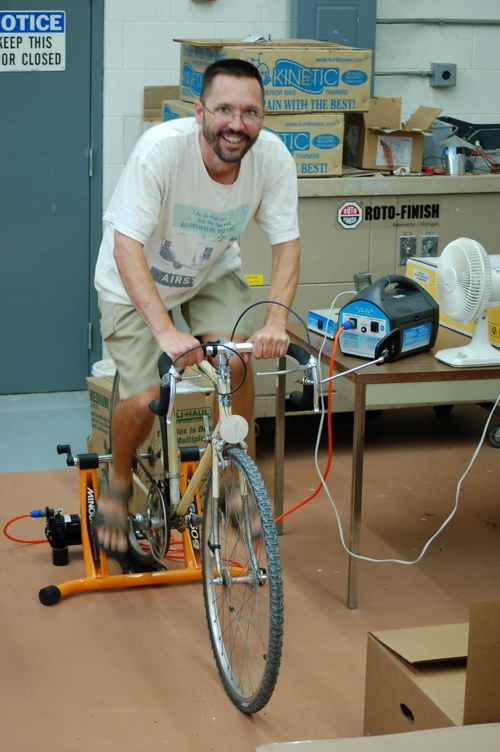| Quote: |
| Originally posted by Pescador And Russ is feeling really good that his solar power is so much cleaner than my "civilized" electricity. |
How "clean and green" is Russ's (or any other solar system owner who uses it for the "green" factor) when they have to replace those banks of batteries every 8-10 years and used up or broken solar panels? Of course, I'm sure they all bring their used solar batteries back to the US so they can be responsibly recycled and not left around the campo or (God Forbid!) taken to the local dumps..........


sorry don't wanna get off on a tangent here, but green ain't all it's cracked up to be.
Not saying we shouldn't be going that direction.....just that people buy all the solar stuff not realizing what in the stuff they bought and what they're going to be left with. I just get upset when people claim to be green and then do things like using propane for appliances when the cheapest hydroelectric power is literally at their front door (I'm talking about our area in the USA, not MX...but the attitude is the same elsewhere)






 After doing research regarding the previous discussion, I found these devices
"Step up and Step Down Voltage Converter with Regulator" that look like they would solve the problem.
After doing research regarding the previous discussion, I found these devices
"Step up and Step Down Voltage Converter with Regulator" that look like they would solve the problem.